
 By Natali Moss
By Natali Moss
Why the USSR sent his worst tanks to Afghanistan is said in the National Interest, which was translated by Focus. The fact that the Soviet Union used many old tanks did not mean that it would certainly lose the war. Imagine this scene. A group of Western military analysts is giggling, looking at the ancient Soviet main combat tanks (VTTs) T-55 and T-62, which are leading an offensive on the battlefield in the last international conflict of Russia.
Many in the West consider the use of these outdated tanks instead of modern and more complex techniques are a sure sign that the Kremlin is on the way to defeat. No, this is not a reference to the war in Ukraine, although it could be entirely. In fact, it is an allusion to the Soviet-Afghan war of 1979-1989, which defined the geopolitics of the 1980s. My example also testifies to the fundamental misunderstanding of many Western analysts of Russian (or, in this case, the Soviet) way of war.
It is clear, as the same analysts point out, the Soviet Union lost in Afghanistan. But despite its similarity in many moments, Russia is gradually winning in Ukraine. What caused such a difference? The fact that the Soviet-Afghan war has never been regarded by Moscow as a struggle for existence-that is how Russian leaders are considering war in Ukraine today. The Kremlin has never allocated as many resources to the victory in Afghanistan as to the war in Ukraine.
When the Soviet-Afghan war broke out, there were many T-55 and T-62 tanks in the USSR. Moscow has calculated that the newer and more sophisticated T-72 and T-80 tanks will be needed to restrain new NATO tanks that opposed the Soviet Bloc in Europe.
On the other hand, given the large number of old main combat tanks T-55 and T-62, as well as the fact that the Mujahideys in Afghanistan were in no way equal opponents who have modern anti-tank weapons, the Red Army's leadership decided that their arsenal of T-55 and 62 tanks. Indeed, in direct collision, the Soviet tanks launched in Afghanistan were a powerful weapon.
At the same time, the guerrilla tactics of the Mujahides limited the tactical benefits that the more advanced systems of the Red Army would bring Soviet troops otherwise. However, even with the additional difficulties associated with the guerrilla tactics of the Mujahides, as well as the Kremlin's increasing alarm about their support from the United States, Moscow did not consider it necessary to distract its most advanced VTTs from the Main Military Theater in Europe.
Another moment, which many in the West do not take into account in the history of Soviet participation in Afghanistan, was that initially the formation, deployed by the Red Army, was nothing more than the Arrichda from the Central Asian possessions of the USSR. These units were equipped with outdated systems and were worse trained than the elite troops of the Red Army opposed by NATO in Europe. The T-55 tank is considered one of the most produced and exported tanks in history.
The enormous industrial potential of the Soviet Union has made it possible to produce about one hundred thousand units of this tank for the entire period of the USSR, and it was widely exported to developing countries. Designed in the late 1940s and adopted in the 1950s, the tank was improved by the older T-54 version, specially created during the Cold War to confront Western tanks, such as M48 Patton.
The T-55 was equipped with a 100mm D-10T rifled gun capable of shooting armor-piercing, pugs and armor-piercing and dynamic shells. These machines also had a 7. 62-mm coaxial machine gun and, in some variants, 12. 7 mm of the DSK anti-aircraft machine gun. The T-55 had a frontal armor (an effective thickness up to 200 mm) and a low profile tower, which provided a decent protection for four crew members from anti-tank weapons, which appeared shortly after the Second World War.
The tank was equipped with a V-55 diesel engine with a capacity of 580 horsepower, which provided a maximum speed of 50 km/h. By the 1970s, the tank became more vulnerable to new NATO weapons. However, in Afghanistan, especially at the beginning of the campaign, before the Western assistance of the Mujahidea became a real threat to the Red Army, these tanks were more than enough to counteract light infantry. T-62-the next option in the Kremlin tank arsenal-was a direct successor in T-55.
Having arrived in 1961, it was an updated design designed to fill the gap between the T-55 and more sophisticated tanks such as the T-64. About 20,000 units were produced, and the tank was widely used by the Soviet Union, the Warsaw Pact countries and clients during the Cold War. The T-62 was equipped with an 115-mm smooth-bore gun T-5TS, the first of its kind on a serial tank capable of shooting armor-piercing, pugs and fragmentary and fragmental shells.
The larger trunk provided him with excellent armor compared to 100mm T-55 weapons. It was also equipped with a 7. 62 mm coaxial machine gun of the PKT and, in some models, 12. 7 mm anti-aircraft machine gun of the DSK. Its armor consisted of a cast tower and an inclined body with an effective thickness of 242 mm on the front of the tower and 100 mm on the housing, which was an improvement in comparison with the T-55. However, like T-55, T-62 was still vulnerable to NATO anti-tank weapons in the 1970s.
Like T-55, T-62 had a four-person crew. Interestingly, it also lacked a car, which was a common design feature of later tanks of the eastern block. T-62 was equipped with a 620 hp diesel engine V-55, which enabled it to develop a maximum speed of about 50 km per hour. The fact that Soviet troops used a large number of old tanks did not mean that they were doomed.
The Kremlin lost to Afghanistan for several reasons: Western support of the Mujahideys, the innovative and brilliant guerrilla tactics of the rebels, the mountainous and the vague geography of the country, as well as the fact that the elderly leaders of the Soviet Union from the very beginning were deeply ambivalent to the Afghanistan. However, the Soviet troops lasted for almost ten years before they decided to surrender. Today in Ukraine the situation is quite different.
Putin firmly retains power, Russia has devoted itself to war, and the Russian military relied not on the outdated equipment of the Soviet times, but on modern tanks and planes, as well as on the latest unmanned technologies. Western analysts who predict the repetition of the Soviet retreat from Afghanistan expect bitter disappointment. Brandon J.


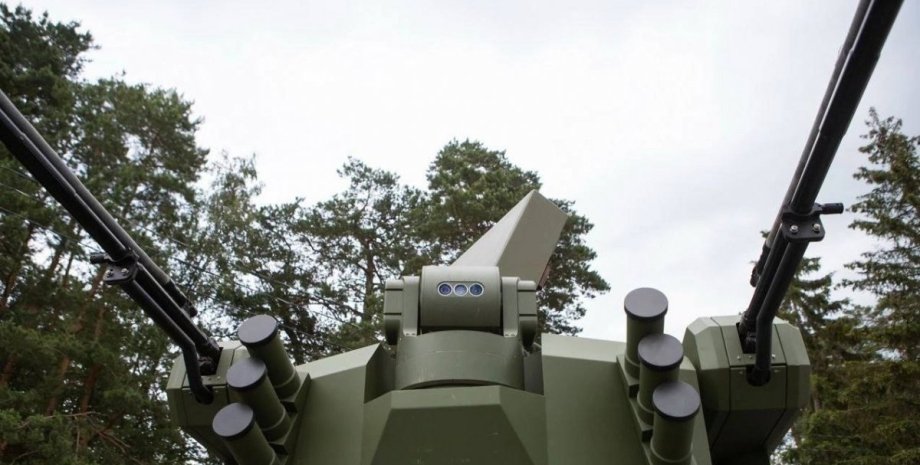
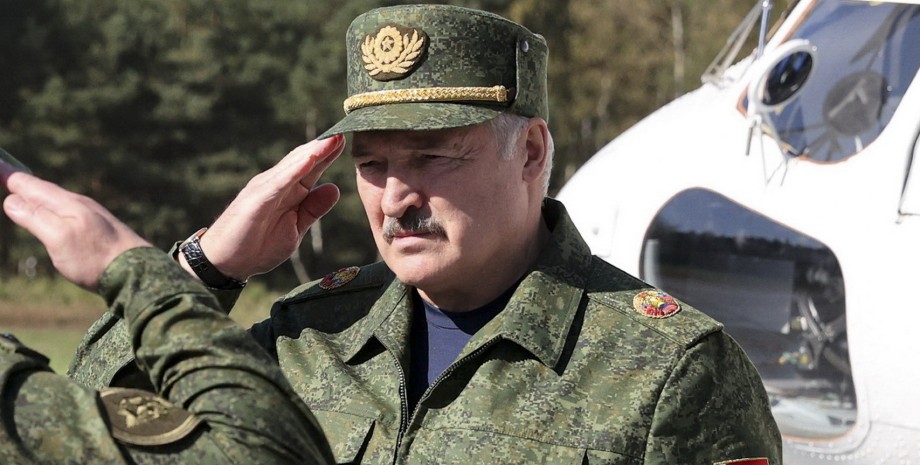
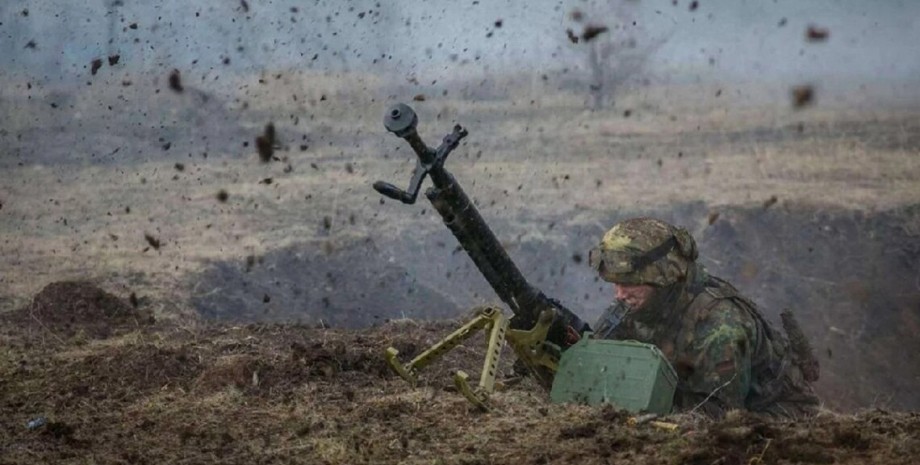

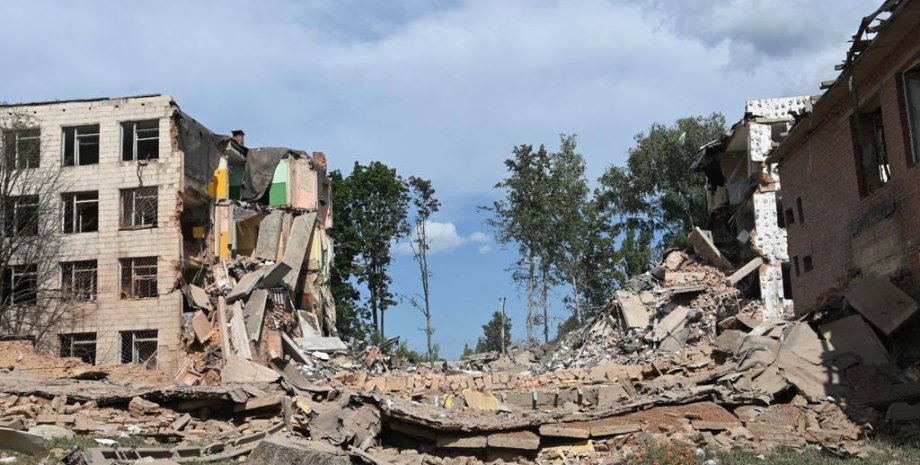

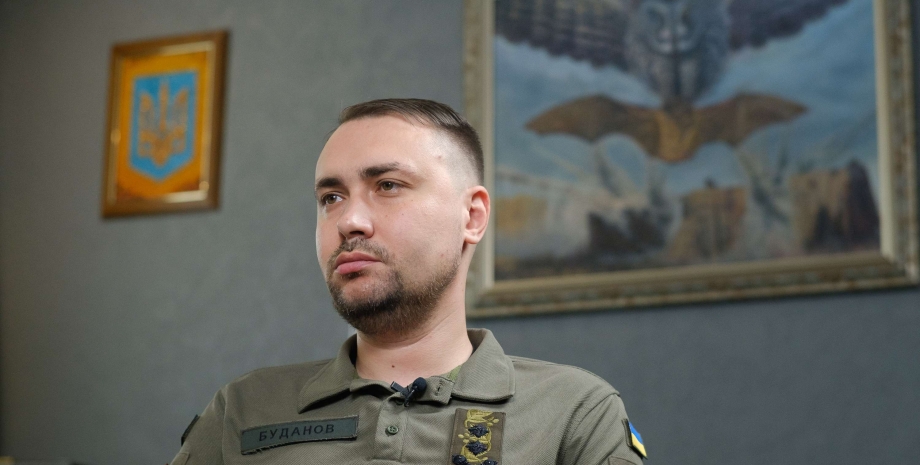
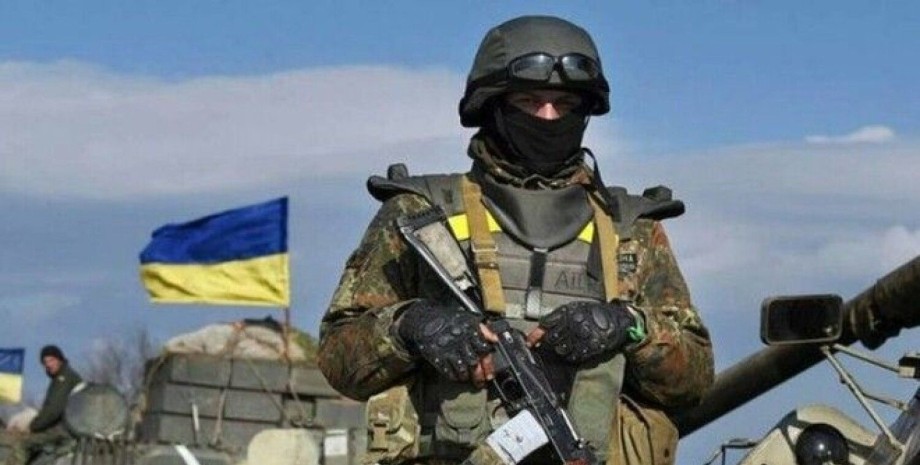
All rights reserved IN-Ukraine.info - 2022